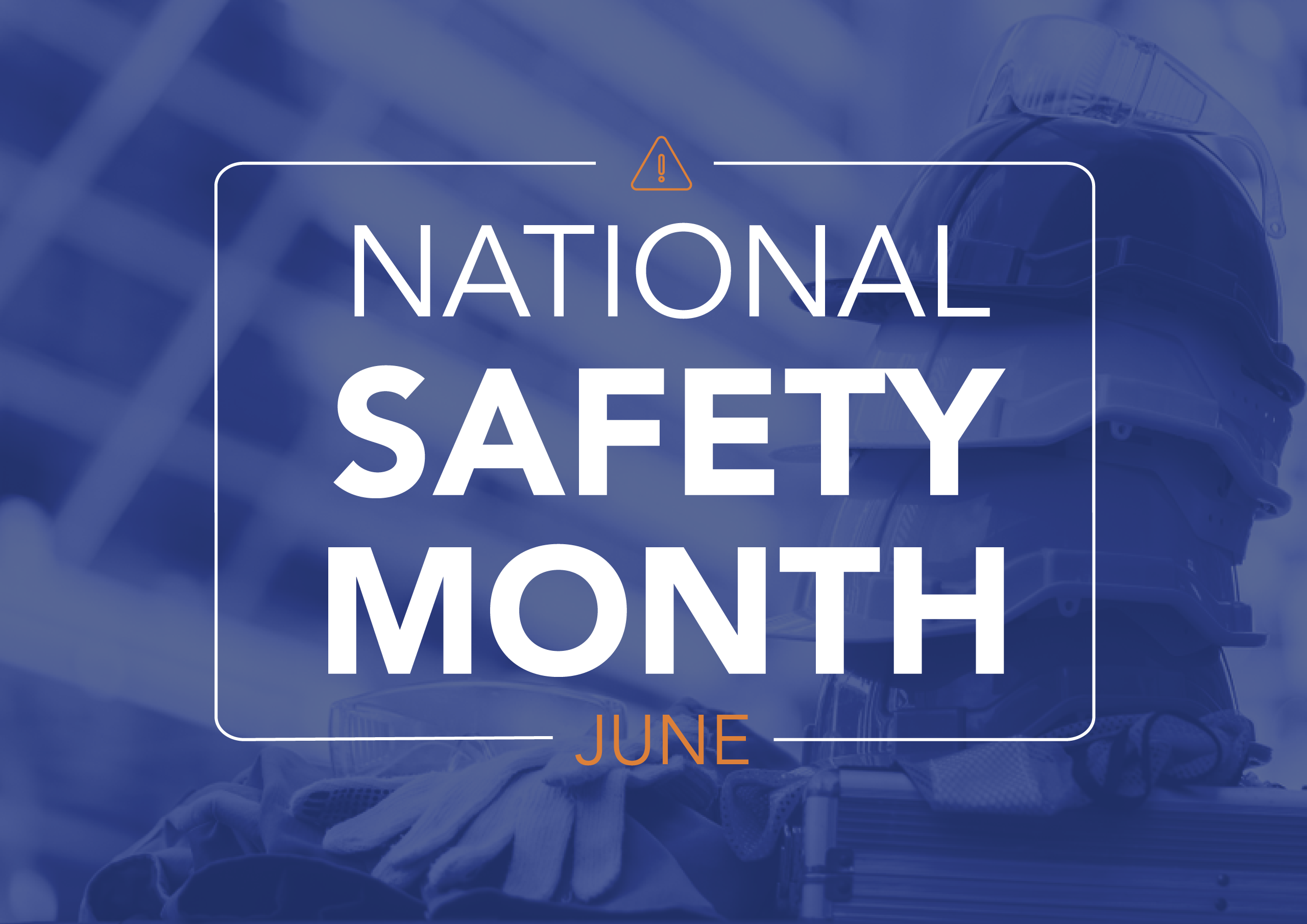Workplace injuries are unfortunately a common occurrence in most industries. According to the U.S. Bureau of Labor Statistics, 4,764 workers suffered fatal work injuries in 2020. Additionally, 2.7 million nonfatal workplace injuries and illnesses were reported by private industry employers in 2020. Employee injuries not only impact workers and their families, but also the bottom line for businesses. Warehouse managers in particular should focus heavily on employee safety measures, considering the hazards that can be posed by such facilities.
In 1966, the National Safety Council established June as National Safety Month. This annual observance aims to promote safety not only in the workplace but also in any area where injuries can occur. Every June, the National Safety Council provides tools and resources, including workplace safety tips, focused on how to improve overall safety.
A more recent initiative of the National Safety Council, the Work to Zero program, is aiming to reach statistically zero workplace fatalities by 2050. The program is looking at the most common workplace industry scenarios and provides technology-based solutions to prevent future injuries.
Employee Safety in the Supply Chain
Enhancing employee safety in the supply chain is important for many reasons. One is that the shipping and transportation sector, which represents a vital component of the supply chain, has the second-highest number of workplace injuries of any industry.
A top priority for every employer should always be that their workforce return home safely every day. However, aside from just the overall safety benefit, increasing workplace safety efforts also make a company a more desirable place to work and boosts employee morale. Employees feel good about working for a company that cares about their well-being, which leads to increased productivity and employment longevity — which is especially important as we continue to face supply chain disruptions and worker shortages.
Increasing employee safety can be accomplished in many ways:
- Provide employees with the proper training to operate equipment safely and encourage them to report unsafe practices or working conditions.
- Implement technologies such as machine learning and supply chain AI systems that can analyze workplace safety data over time and alert employers about possible risks.
- Incorporate automated systems, such as warehouse robotics, where possible to reduce the risk of human injury.
- Identify potentially hazardous areas in facilities with clear, visible signage.
Additionally, companies looking to enhance employee safety may consider using iGPS plastic pallets. In comparison to a wood pallet, an iGPS plastic pallet weighs less than fifty pounds and has built-in, ergonomic handholds which allow it to be easily moved and carried by a single worker without unnecessary strain and with much less chance of injury. The iGPS plastic pallet also has no loose nails to snag clothing and skin and can be lifted by machinery from four directions, reducing the need for manual lifting.
Employee safety is more important than ever as the supply chain continues to grow, with many retailers and e-commerce leaders adding record numbers of new employees, which increases the statistical possibility of injuries. As we continue to navigate difficult times and rising consumer demand, it is crucial not to lose sight of the safety of those who are keeping operations moving.
Companies committed to promoting employee safety use iGPS plastic pallets for all their shipping needs. Our lightweight, recyclable plastic pallets can keep workers safer while helping to reduce harmful emissions and lower your Total Cost of Business. For more information, contact us at 1-866-557-0047, email a specialist at switch@igps.net, or visit our contact page.



